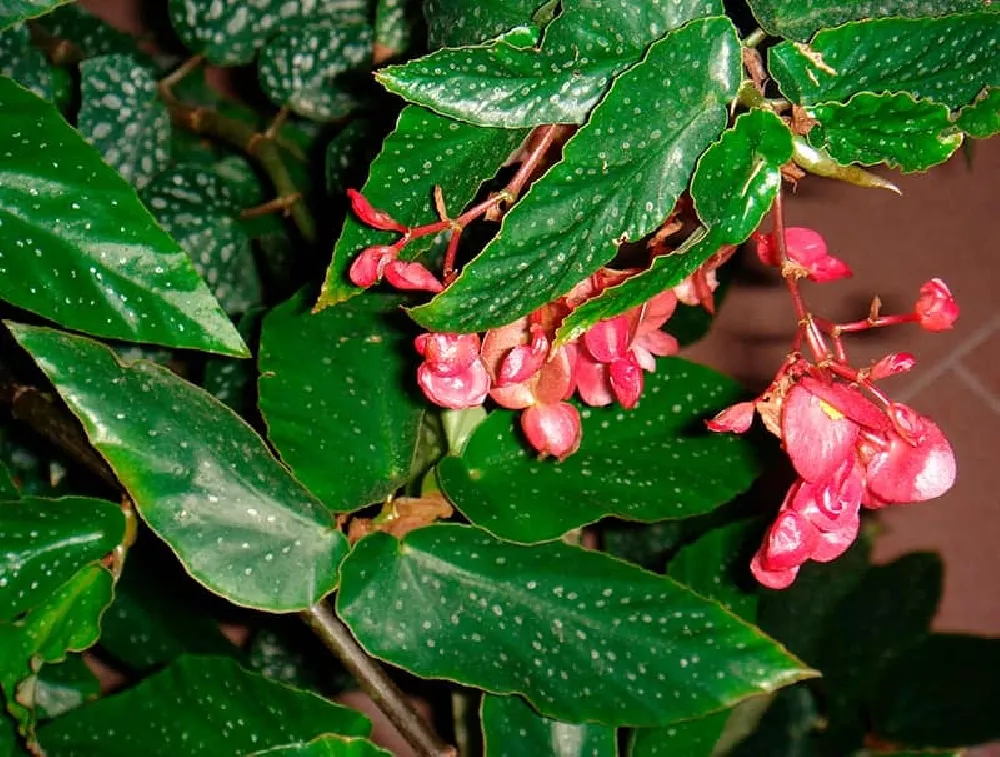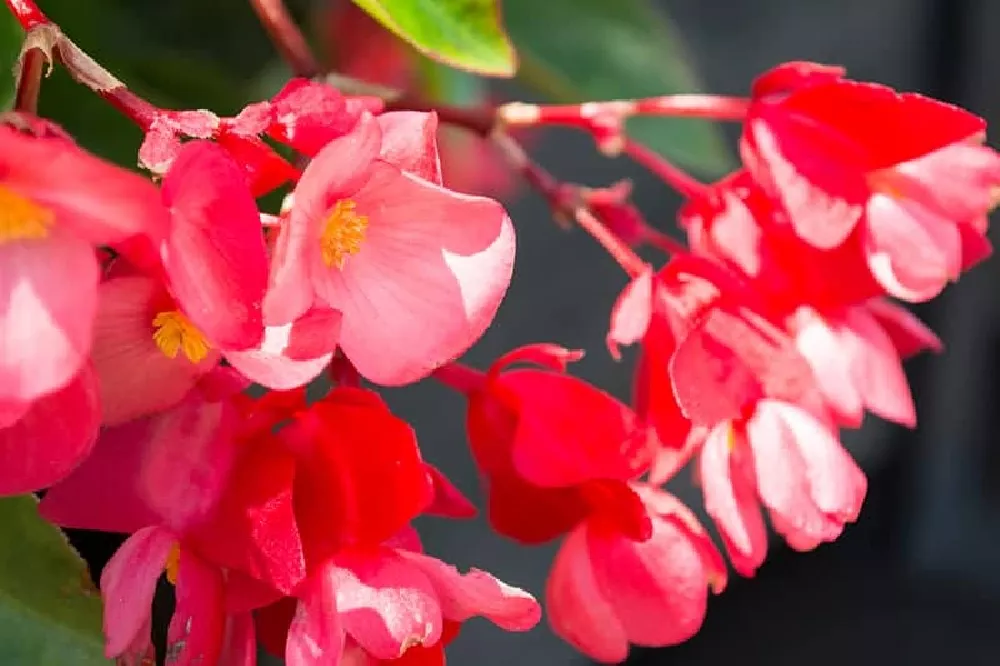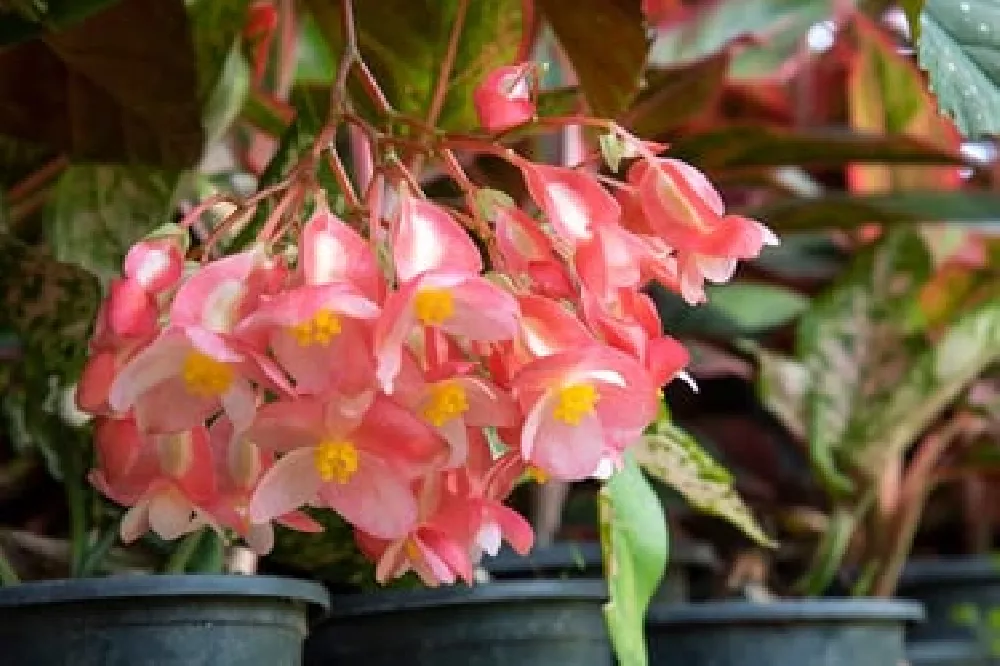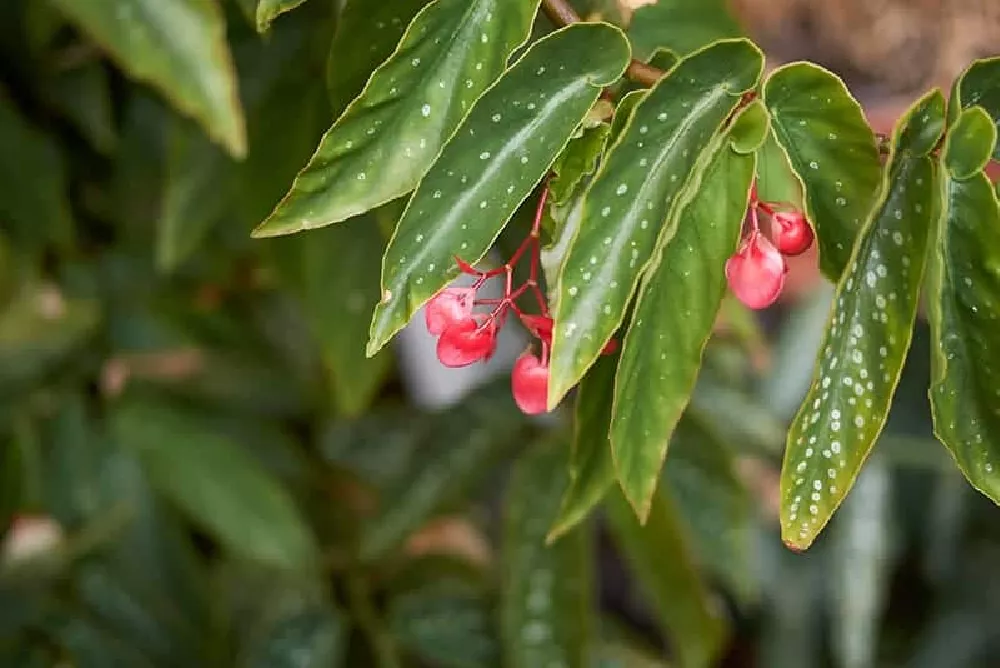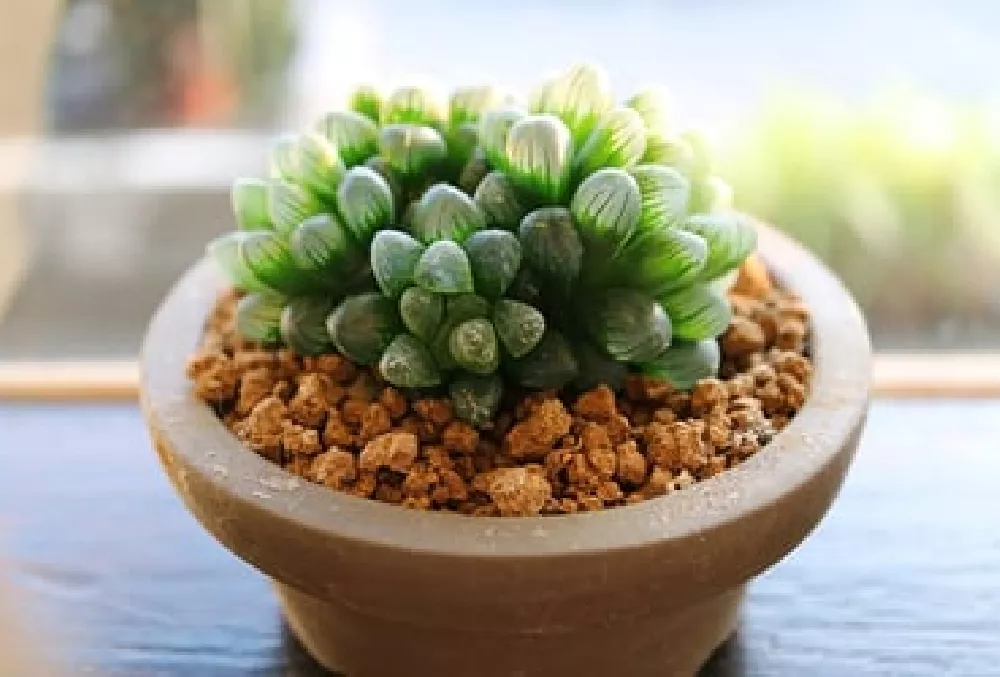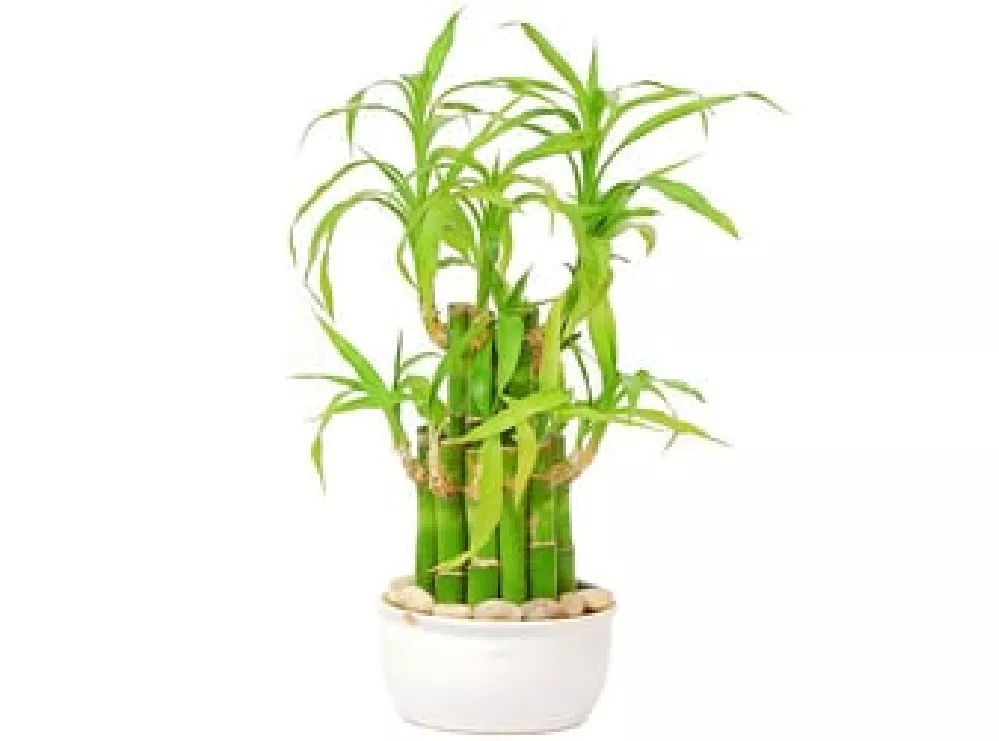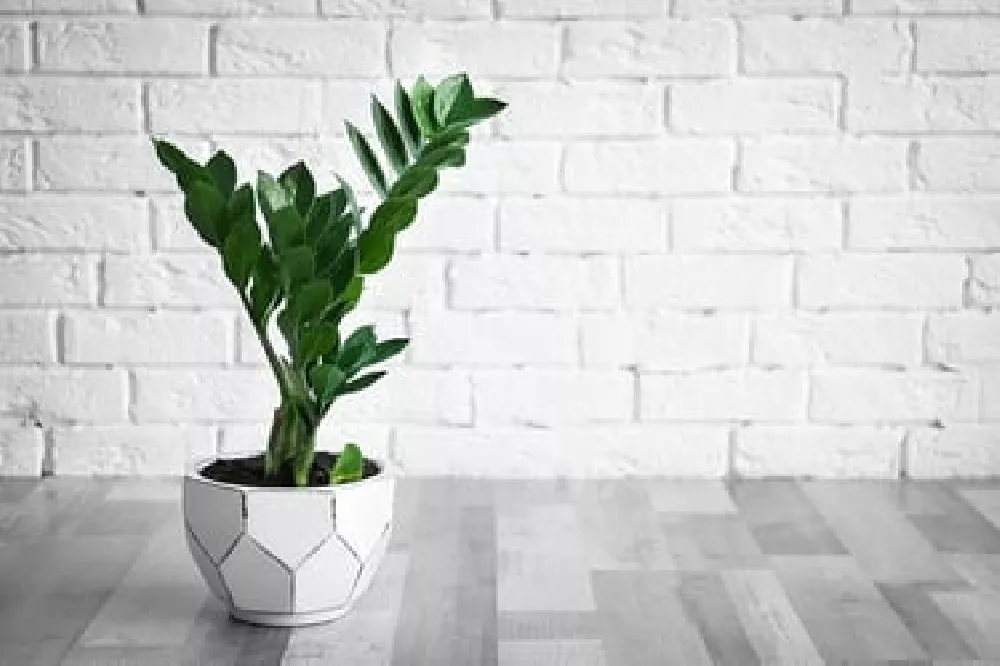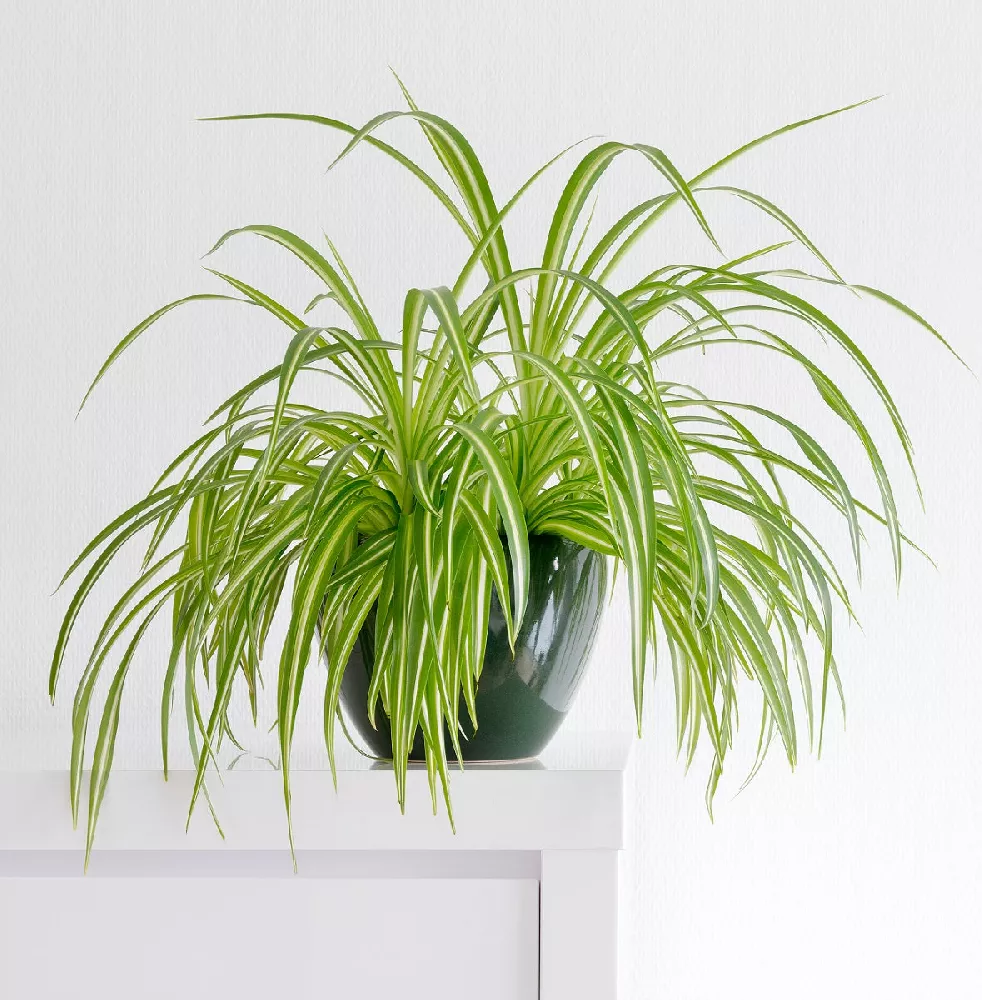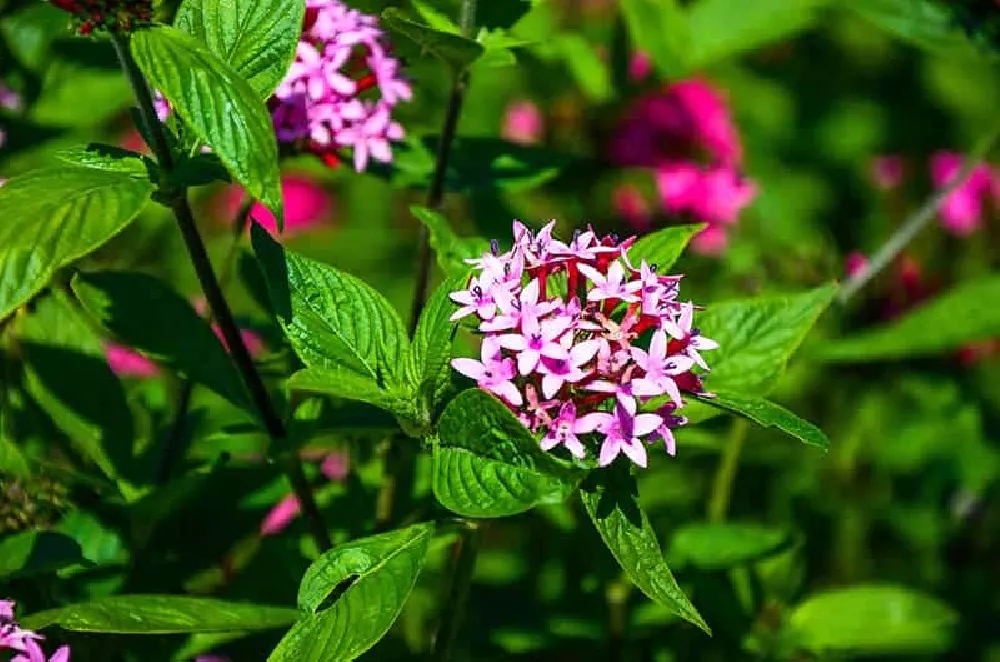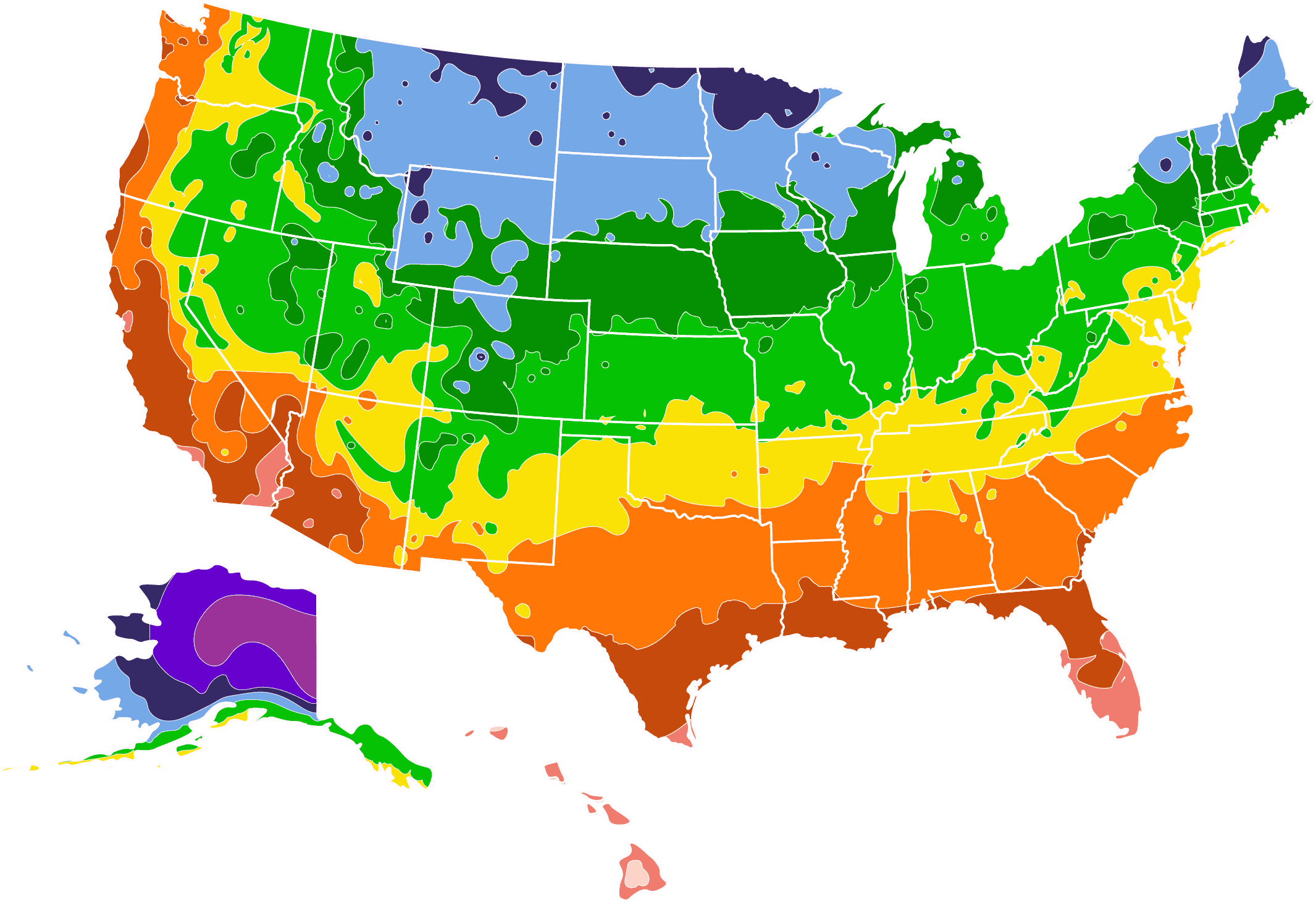- Home >
- Houseplants >
- Angel Wing Begonias
Angel Wing Begonias for Sale - Buying & Growing Guide
Plant Care
Sunlight

Grows well in indirect light. Likely won't survive in full sun exposure.
Watering
Water needs are high. Consider watering once per week or more. Water once per day in hot or dry spells.
Fertilizing

Fertilize with phosphorus-rich fertilizer to promote blooms. Apply fertilizer about once monthly.
Angel Wing Begonias are exceptionally lovely plants, often grown for the large, beautiful heart-shaped leaves that resemble two folded wings. Although the focus is on their foliage, they also can have attractive blooms given the correct growing conditions. They are a hybrid cane begonia, originally developed by plant breeder Eva Kentworthy Gray, a resident of California, in 1926. The parent plants were begonia aconitifolia and begonia coccinea. Angel wing begonias can grow to heights of ten feet, but their size can be controlled by pruning. Some reasons for growing them include:
- Can be grown indoors or outdoors
- Large, lovely foliage plant
- Easy to propagate from cuttings
Planting and Care
Planting instructions
Angel Wing Begonias can be planted outdoors in areas where the weather is warm and somewhat humid. If outdoor temperatures regularly drop below 55 degrees Fahrenheit, these interesting plants can be placed in appropriately sized pots. They start out quite small, even though they can grow to be a large plant. They prefer a loose potting mix, rich in organic matter, and do best in terra cotta or clay pots that dry out quickly.
They can be started in small pots, including a makeshift pot such as a plastic cup, as long as there is sufficient drainage in the bottom of the pot. When you place them in a more permanent home, terracotta or clay pots work better than plastic or glass reinforced concrete. The porous nature of the more natural material allows the pot to breathe as well as dry a little more quickly.
Watering and nutrients
One of the biggest challenges when growing angel wing begonias is getting the watering just right. They are thirsty plants and need frequent watering to prevent leaf edge browning. Even so, care must be taken to prevent having standing water in the planting pot or even in outdoor soil. They are highly susceptible to root rot and do not even respond well to misting, which can lead to brown spots on their leaves. Even so, they prefer a humid environment. If you do not have a humidifier, you can place the pot on top of a pan of pebbles that contains water. However, the pot should be suspended above the water, not set in it.
Nutrients can be selected with an eye toward growing beautiful foliage, encouraging blooms, or both. Fertilizers that are high in nitrogen promote leafy growth; fertilizers high in phosphorus promote blossoms. Generally, this plant responds best to phosphorus-rich fertilizer.
In addition, high light levels and warm temperatures promote blossoms, while low light levels will encourage leaf growth. Just keep in mind that full sunlight is often too much for this plant. If you would like to have both luxurant leaves and prolific blossoms, place the plant in an area of bright, but indirect light and feed with a balanced fertilizer.
Pruning
These tall cane plants can become both floppy and leggy if left to grow as they please. Pruning is one way to help prevent these conditions. When pruning, make the cut just below a joint in the canes. This will give you a good cutting for growing another plant while encouraging the parent plant stem to put up a second shoot, making it bushier.
Even with pruning, angel wing begonias will benefit from support poles or trellises. These will keep the long canes from leaning over under the weight of the large leaves.
Another good time to prune is when potting a new plant. Cut it back to about half so that it will put its energy into producing roots instead of trying to support a large above ground section.
Always clean your pruning shears between cuts to prevent transferring diseases from one plant to another. Good cleaning products for this are Lysol or Pine-Sol — other products may damage the metal in the blades.
Propagation
When you prune the Angel Wing Begonias, be sure to save the cuttings. These can be used to start new plants.
There are two ways to begin a new plant from cuttings. An easy method is to place the cutting into a bottle of water, and watch for roots. When the roots appear large and well established, transplant the cutting into potting soil.
Another method is to bury the cut piece in a sterile growing medium and keep it moderately moist. Watch to see if it starts putting up new shoots.
Using either method, in two or three weeks you will have young plants ready to transplant into a standard potting soil that can be traded or given to friends and family.
Pests, diseases, and animals
Like many tropical plants, Angel Wing Begonias are susceptible to root rot, mites, mildew, and mold. Solutions include spraying with neem oil or a stronger miticide. Mildew and mold can sometimes be prevented by making sure there is good air circulation around the plant and keeping it in a warm area where there is a strong, indirect light.
They are also subject to leaf browning, which can be caused by placing the plant too close to a window or by infrequent watering. Darker brown edges are a sign of poor watering, while leaves that appear singed indicate the plant receives too much light. To combat this problem, move the plant away from the window glass or place it near a different window. If you are unsure of when to water, you can purchase a water meter. These can be digital, or they can be a simple, color changing clay indicator.
Like many houseplants, angel wing begonias are poisonous to dogs and cats, so it is a good idea to keep your houseplants in a location that is inaccessible to pets.
Light
In its native environment, this plant would usually grow under the cover of larger plants and trees, so it is not accustomed to growing in direct sunlight. It does like bright light, however, so keep it in a position of partial shade or bright indirect light. In colder months, it can tolerate more sunshine and would ideally be in a position where it could benefit from morning light and sheltered from afternoon light when the sun is at its strongest.
Ensure the plant does get plenty of indirect light, as this will be essential to the production of flowers. If your Angel Wing Begonia is kept outside during the summer, it will need to be protected from direct sunlight.
Humidity
The Angel Wing Begonia enjoys high humidity, as this is what it is accustomed to in its native environment. High humidity will help the plant thrive, and so it would be a good idea to mist the plant with a light water spray on a daily basis, being careful not to overdo it and create damp leaves where fungal diseases will thrive. Alternatively, you could use a pebble tray or humidifier to increase the moisture content of the air.
Temperature
This plant works well as a houseplant because it likes average household room temperatures ranging from 60-75° F. Keep the plant away from areas where it might experience cold drafts, such as open windows or entryways. It should also be kept away from sources of heat such as stoves or heating vents. The plant is not frost-resistant, and if kept outside, it should be brought inside if temperatures drop lower than 55° F (Royal Horticultural Society).
Flowering
This plant is attractive all year round thanks to its interesting foliage, but the flowers only bloom during summer. They range in color from white, pink, orange, and red and appear in pendulous clusters that droop down from the plant’s stems. The flowers themselves have a waxy texture, and they rely on good lighting, and frequent fertilizer feedings high in phosphorus to bloom. Once flowers fade, you should pinch them off at the base to encourage new flower production.
Angel Wing Begonia Varieties
The Angel Wing Begonia was named for its foliage, which is shaped like the wings of angels. The foliage is very attractive and usually features variations in the form of spots of frosted patterns, often with the underside of the leaves being a maroon color. The plant is a cross between the Begonia aconitifolia and the Begonia coccinea, which was created by a Californian plant breeder in the 1920s. Other varieties of begonia include the following.
Begonia ‘Super Cascade’
This begonia features elaborate showy blooms that can measure up to 5 inches across. This plant works well in hanging baskets as the pendulous flowers droop down in a very dramatic way. The plant features flowers that have smaller double blooms surrounded by four larger petals to create an extravagant bloom.
Begonia ‘Apricot Shades’
This begonia flowers so heavily that during the height of the blooming season that the foliage can hardly be spotted underneath all of the flowers. The pretty apricot-colored blooms are some of the largest of any begonia variety, and they persist all summer long.
Begonia ‘Million Kisses Elegance’
The flowers of this plant are quite minimal and understated, which is unlike most other begonias. The pale pink flowers bloom heavily on dainty arching stems and give off a very elegant appearance (Gardeners World Magazine).
FAQs
Where is the best indoor place for an Angel Wing Begonia?
Angel Wing Begonias do well near an east or west window where the light will be strong during part of the day. They might get sunburned in a south facing window, and a north window might be too cold.
When should I start pruning my plant?
You can start pruning your Angel Wing Begonia plant when it is about a foot tall. Pruning will encourage the formation of added branches and provide cuttings for propagation.
What should I do about the raw ends after pruning?
After trimming any plant, seal the cut with a commercial paint designed for covering open wounds on the plant. This will prevent insects from burrowing and provide a barrier against some plant diseases.
Can Angel Wing Begonias be grown from seed?
Angel Wing Begonias are hybrids and are unlikely to breed true from seed. They are primarily propagated from cuttings.
